Tandoori Spices: A Flavorful Journey Through Global Spice Traditions
Table of Contents
Introduction to Tandoori Spices
Tandoori spices are a vibrant blend that brings the essence of Indian cuisine to your kitchen. These spices are commonly used in tandoori cooking, which involves marinating meats or vegetables in a mixture of spices and yogurt before baking them in a tandoor oven. The result is a dish with a smoky, aromatic flavor that's hard to resist.
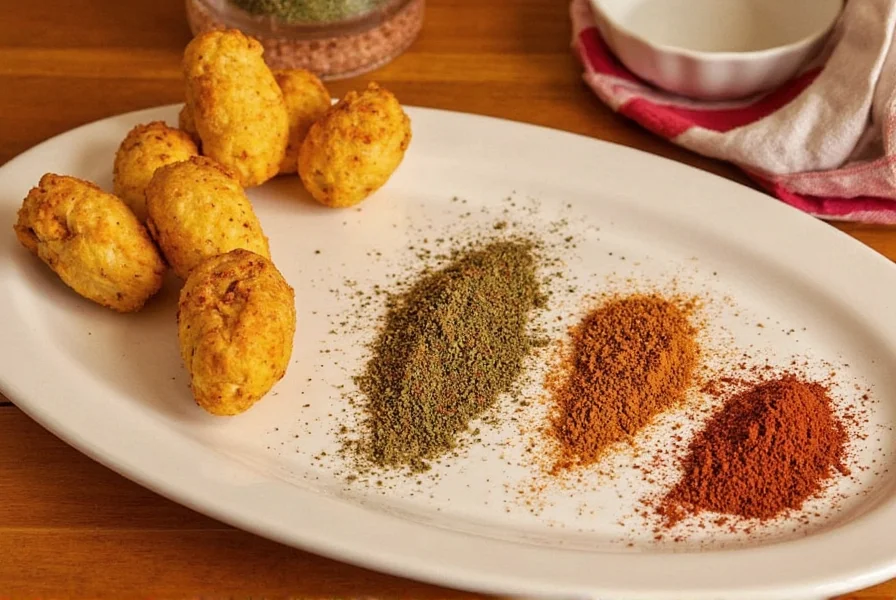
The key ingredients in tandoori spice blends typically include cumin, coriander, turmeric, garam masala, and chili powder. Each of these spices contributes its unique flavor profile, making the final dish a harmonious mix of heat, earthiness, and warmth. Whether you're grilling chicken, lamb, or even vegetables, tandoori spices can elevate your cooking experience.
Global Spice Traditions and Tandoori Spices
Spices have been an integral part of global cuisines for centuries, each culture developing its own unique combinations. While tandoori spices originate from India, they have influenced and been influenced by other culinary traditions around the world. This exchange of flavors has led to a rich tapestry of global spice usage.
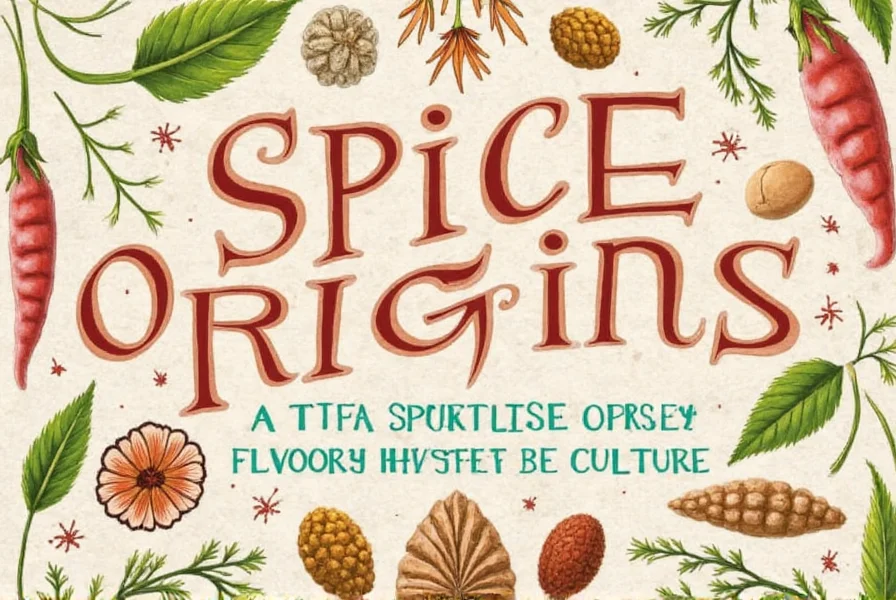
For example, in Middle Eastern cuisine, similar spice blends are used in dishes like kebabs, where the use of cumin, paprika, and sumac creates a different but equally appealing flavor. In North African cooking, the use of ras el hanout—a complex blend of spices—shares some similarities with tandoori spices in terms of depth and complexity.
Comparing tandoori spices to other global spice blends can help you understand their unique characteristics. Below is a table comparing tandoori spices with some popular international spice blends:
| Spice Blend | Main Ingredients | Flavor Profile |
|---|---|---|
| Tandoori Spices | Cumin, Coriander, Turmeric, Garam Masala, Chili Powder | Earthy, Smoky, Spicy, Warm |
| Ras El Hanout (North Africa) | Cardamom, Cinnamon, Clove, Cumin, Paprika | Complex, Sweet, Spicy, Herbal |
| Kebab Seasoning (Middle East) | Cumin, Paprika, Sumac, Garlic, Oregano | Savory, Tangy, Herbaceous |
| Mexican Chili Powder | Chili Peppers, Cumin, Garlic, Onion | Spicy, Smoky, Earthy |
This comparison highlights how tandoori spices stand out with their combination of warmth and spiciness, while also showing the shared love for cumin and coriander across various cultures.
Practical Tips for Using Tandoori Spices
Whether you're a seasoned cook or just starting out, using tandoori spices can be both fun and rewarding. Here are some practical tips to help you get the most out of your tandoori spice blend:
- Marinate for Maximum Flavor: Allow your meat or vegetables to sit in the tandoori spice mixture for at least 30 minutes, or ideally overnight. This ensures that the spices penetrate deeply into the food, resulting in a more flavorful dish.
- Use Fresh Ingredients: Freshly ground spices offer a more intense aroma and flavor compared to pre-ground ones. Consider grinding your own spices if possible.
- Balance the Heat: If you're not a fan of spicy food, start with a small amount of chili powder and adjust to your taste. You can always add more, but it's harder to remove excess heat.
- Pair with Yogurt: Tandoori spices work exceptionally well when combined with yogurt. This not only enhances the flavor but also helps tenderize the meat, making it more juicy and flavorful.
- Experiment with Dishes: Don't limit yourself to traditional tandoori chicken. Try using the spice blend on grilled vegetables, paneer, or even as a seasoning for roasted potatoes.
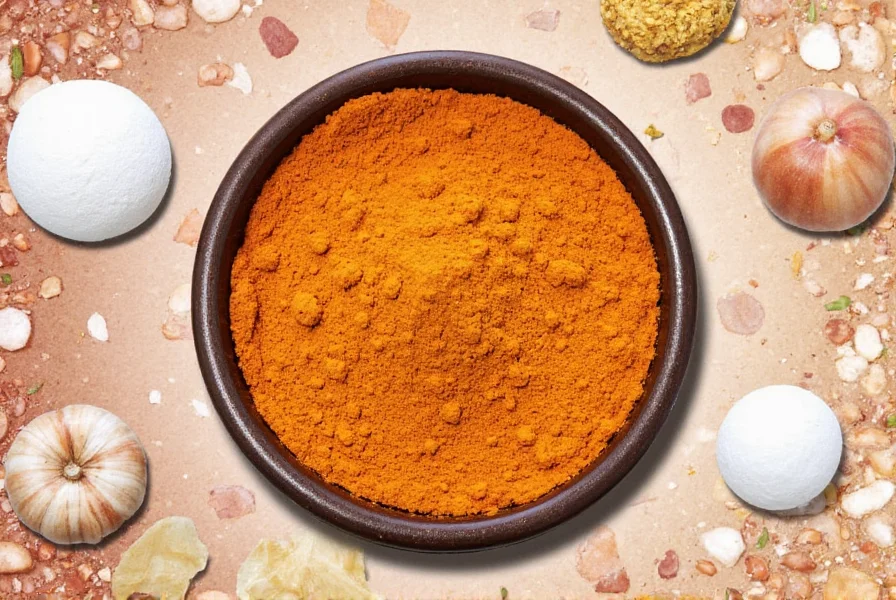
By following these tips, you'll be able to unlock the full potential of tandoori spices and enjoy a wide range of delicious dishes.
Buying Guide for Tandoori Spices
When it comes to purchasing tandoori spices, there are several factors to consider. Whether you're buying a pre-made blend or creating your own, understanding what to look for can make a big difference in the quality of your meals.
Types of Tandoori Spice Blends
There are two main types of tandoori spice blends available: pre-made mixes and custom blends. Pre-made blends are convenient and often come in a variety of heat levels, making them ideal for beginners. Custom blends allow you to tailor the spice level and flavor to your preferences, giving you more control over your cooking.
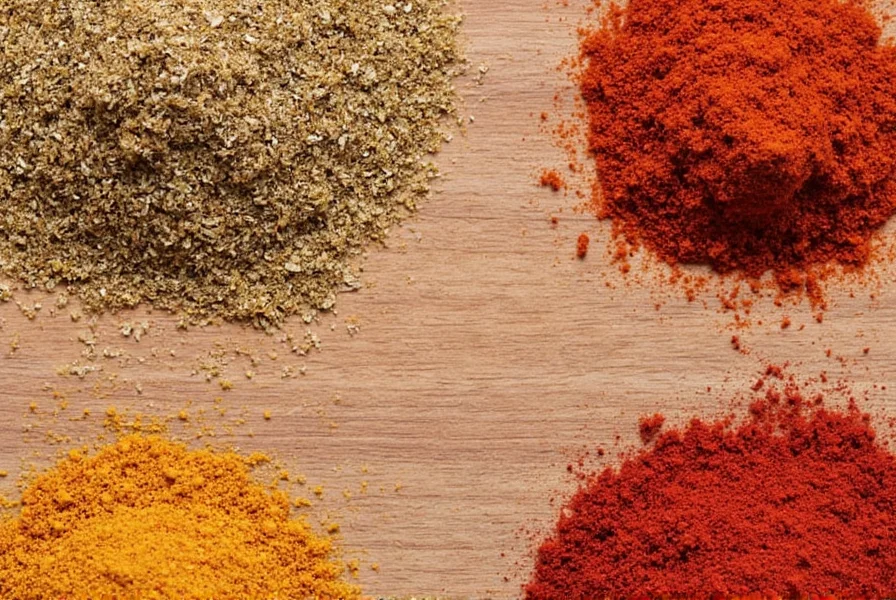
Key Features to Look For
When selecting a tandoori spice blend, consider the following features:
- Quality of Spices: High-quality spices should be fresh, aromatic, and free from fillers or artificial additives.
- Heat Level: Choose a blend that matches your desired level of spiciness. Some blends may be mild, while others are very hot.
- Ingredients List: A good blend will list all the ingredients clearly, so you know exactly what you're getting.
- Brand Reputation: Look for reputable brands known for their quality and consistency.
Recommended Products
Here are a few highly recommended tandoori spice blends:
- Tandoori Spice Mix by Spice Garden: This blend includes a balanced mix of cumin, coriander, turmeric, and garam masala. It's perfect for those who want a classic tandoori flavor without excessive heat.
- Indian Spice Co. Tandoori Blend: Known for its robust flavor, this blend is ideal for grilling and roasting. It contains a generous amount of chili powder, making it suitable for spice lovers.
- Homemade Tandoori Spice Kit: For those who prefer to create their own blend, a homemade kit includes individual spices and a recipe card to guide you through the process.
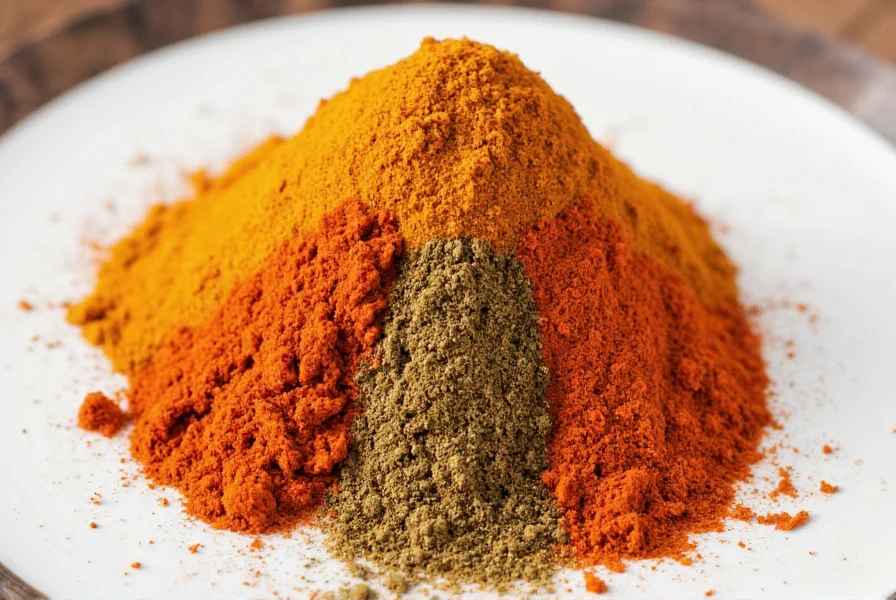
These products cater to different needs and preferences, whether you're looking for convenience or customization.
Best Use Cases and Occasions
Tandoori spices are incredibly versatile and can be used in a variety of dishes and occasions:
- Grill Parties: Perfect for summer barbecues, tandoori spices can be used to season chicken, lamb, or vegetables.
- Weeknight Dinners: Quick and easy to prepare, tandoori-spiced dishes can be a great option for busy evenings.
- Festive Meals: Tandoori spices add a touch of authenticity to holiday meals, especially during events like Diwali or Eid.
- Vegetarian Options: Ideal for vegetarian dishes like tandoori paneer or vegetable skewers, tandoori spices bring a burst of flavor to plant-based meals.
By choosing the right tandoori spice blend, you can enhance your cooking and impress your guests with authentic flavors.
Conclusion
Tandoori spices are more than just a blend of herbs and spices—they are a gateway to the rich and diverse world of global cuisine. From the smoky aromas of Indian kitchens to the vibrant markets of the Middle East and North Africa, tandoori spices have traveled far and wide, influencing and being influenced by various culinary traditions.

As we've explored, understanding the nuances of tandoori spices can greatly enhance your cooking experience. Whether you're a seasoned chef or a home cook, experimenting with tandoori spices opens up a world of possibilities. So next time you're in the kitchen, don't forget to reach for that jar of tandoori spices—it might just be the secret ingredient you've been missing.
In conclusion, tandoori spices are a valuable addition to any kitchen, offering a unique blend of flavors that can elevate your dishes and connect you to the rich cultural heritage of Indian cuisine.










 浙公网安备
33010002000092号
浙公网安备
33010002000092号 浙B2-20120091-4
浙B2-20120091-4